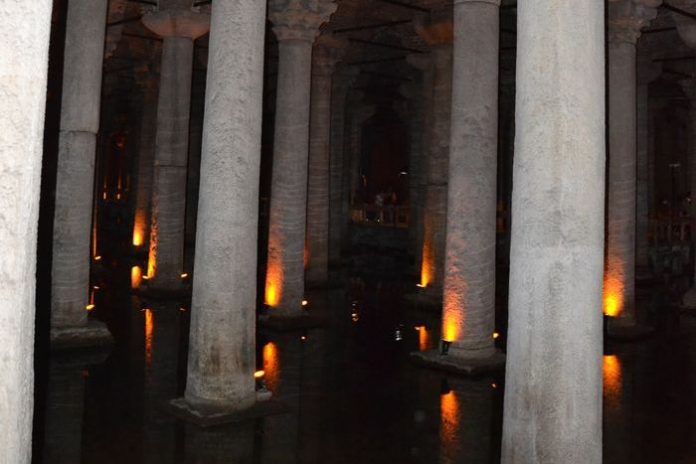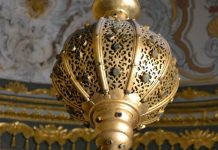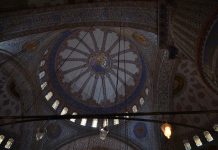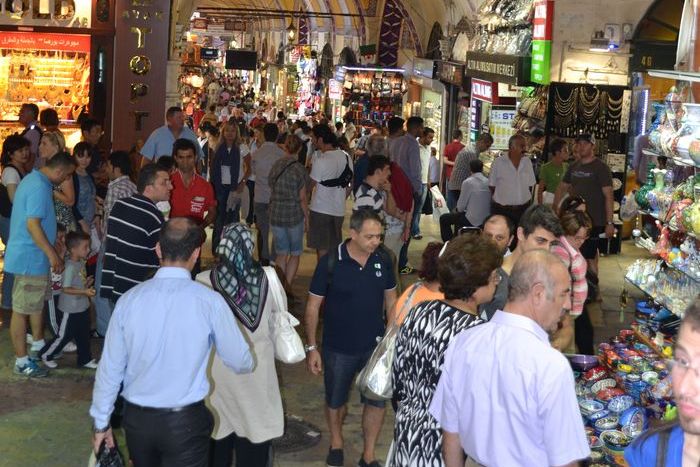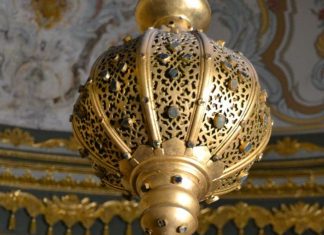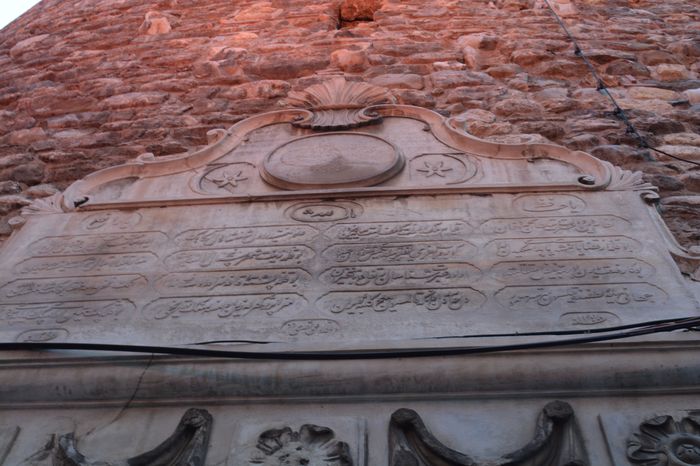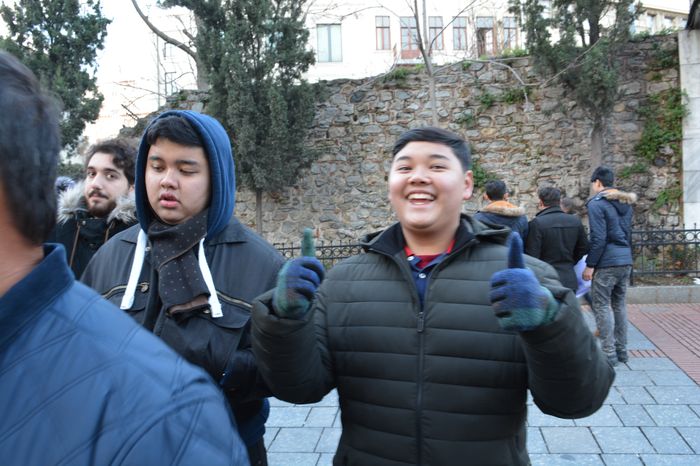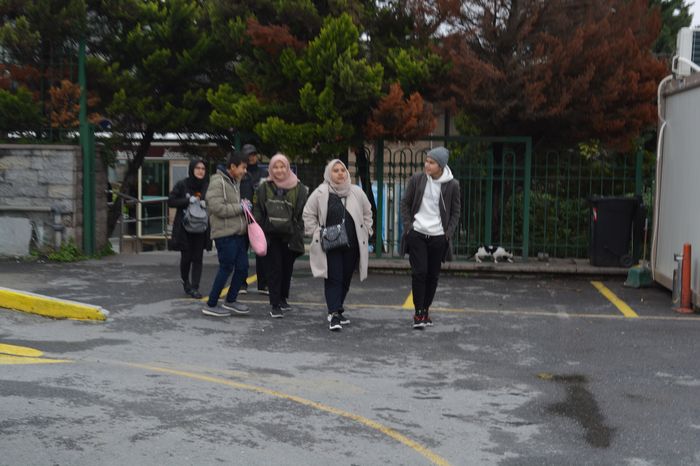Introduction to the City Walls
Stretching over a length of 103 kilometers, the city walls of Istanbul, also known as the Theodosian Walls, stand as an enduring symbol of the city’s rich history and resilience. Constructed during the reign of Emperor Theodosius II in the 5th century, these walls were fortified with 94 towers, showcasing the remarkable architectural prowess of the Byzantine Empire.
Significance of the Doors
Throughout the length of these walls, numerous doors, both large and small, provided access to various neighborhoods, each bearing its own name derived from these entrances. Examples include Yenikapi, Egrikapi, Silivrikapi, Edirnekapi, Kumkapi, Ayakapi, and Bahcekapi. Despite the disappearance of some doors over time, the walls remain a significant symbol of the city’s heritage The Studios Monastery.
Efforts for Restoration and Protection
Recognizing the cultural and historical significance of the city walls, restoration and conservation efforts have been ongoing since 1980. These walls have earned a place on the UNESCO World Heritage List, underscoring their importance in preserving the collective memory of Istanbul and its people.
Vefa Kilise Mosque (Molla Gurani Mosque)
Located in Istanbul’s Vefa neighborhood within the Fatih district, the Vefa Kilise Mosque, formerly known as the Molla Gurani Mosque, bears witness to the city’s religious diversity and cultural evolution. Believed to have been built during the Middle Byzantine Period, the structure underwent significant renovations in recent years to preserve its historical integrity Bulgarian Coast.
Architectural Features
The layout of the church-turned-mosque follows a closed Greek cross design, typical of Byzantine architecture. During the Palaiologos Era, external additions such as a narthex and auxiliary sections were incorporated into the structure, showcasing exquisite brickwork and architectural embellishments inspired by the palace exteriors of the time.
Conversion and Restoration
Following the conquest of Istanbul, the church was converted into a mosque in honor of Molla Gurani, a prominent teacher of Sultan Mehmet the Conqueror. Despite sustaining partial damage in a fire in 1883, the mosque remained in use and underwent partial restoration in 1937 to preserve its intricate mosaics.
The Vefa Kilise Mosque stands as a testament to Istanbul’s vibrant history and cultural heritage, embodying the city’s spirit of resilience and adaptation. Through ongoing restoration efforts and recognition of its significance, this architectural gem continues to enrich the cultural tapestry of Istanbul for generations to come.
